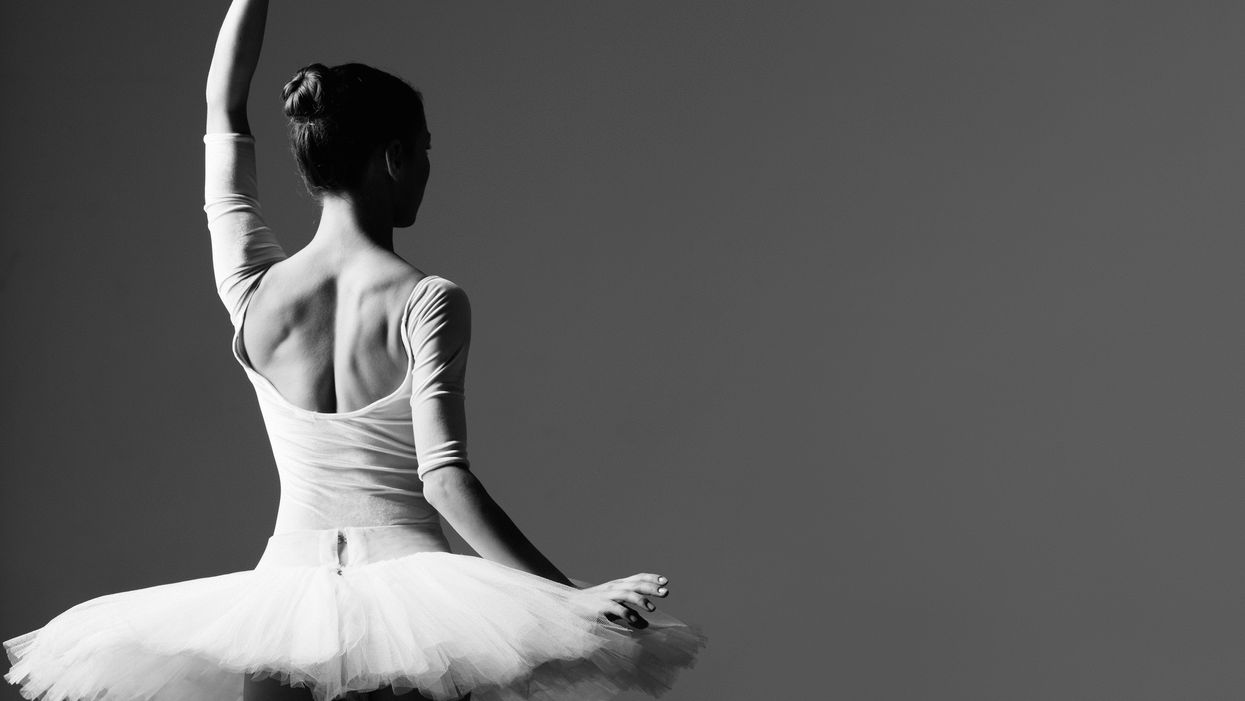These 9 Dance Science Studies Could One Day Change Our Approach in the Studio
As a dancer working with your toes to the marley day in and day out, it is easy to feel like no one but your immediate colleagues understands your challenges.
Yet there are countless medical professionals working to improve the lives of dancers. Last week the International Association of Dance Medicine and Science gathered more than 500 professionals, all of whom have dedicated their careers to supporting dancers, at its 29th annual conference in Montreal.
In the opening remarks, former Mark Morris Dance Group dancer and current Dance for Parkinson’s program director David Leventhal shared a new initiative to create “broad and borderless data” to promote dance as a health solution. This focus is a new pillar for IADMS under their recent “Health for Dance, Dance for Health” mantra. IADMS also announced a partnership with Safe in Dance International to help ensure dancers can practice their art in supportive environments.
What else are these professionals doing to support dancers? Here are some of the most interesting highlights from the conference.
Could strength training reduce injuries?
In 2016, research was launched at Elmhurst Ballet School in the UK to evaluate the effectiveness of a strength and conditioning program for dancers modeled after FIFA’s 11+ injury prevention regimen. Before the program, students reported 104 injuries over the course of the school year. After Elmhurst implemented Dance 11+, which included strength training before ballet class twice per week, the instance of injury decreased by 40 percent. There was a higher reduction of injuries among female dancers than male. You can check out the program in the 11+ Dance app. (Nico Kolokythas, MSc)
Do padded socks work?
Research at Ohio University used sensors to measure the force on the dancers’ feet with and without padded socks. Interestingly, a female modern dancer absorbs about three times her body weight when she lands from a jump. The research showed a reduction in force while wearing the socks after doing three sauté jumps and after a 40 second dance sequence, though the reduction was significantly less in the jumps than during the dance sequence. Further research is needed to establish if the socks reduce the rates of injury. (Jeffrey Russell, PhD, AT)
Does stress impact recovery?
One study conducted at the Royal Ballet School looked at physical and mental stress, and dancers’ capacity for recovery. Findings showed that the female dancers experienced a significantly higher level of stress and were less likely to recover, especially at the end of the academic year. (Manuela Angioi, PhD)
How often do dancers get injured and ill?
A study in Australia looked at injury and illness per training hours in contemporary dancers. They started with 16 healthy dancers. After three months, 50 percent had required medical attention. At five months, all but one had required medical attention. Dancers reported 4.6 injuries for every 1,000 hours of dancing and illness at a rate of 9.1 for every 1,000 hours. Strikingly, the high illness rates did not result in time away from dance. (Annie Jeffries, MClinExP)
What effect does training load have on injury?
Multiple studies looked at training load—the intensity and frequency of training and performance. Dancers have high injury and illness rates, making dance a “high risk activity.” Canadian researchers described the volume of training and injury estimates of 104 ballet students at Alberta Ballet School. They showed that increases in injury estimates mirrored increases in dance exposure hours. (Valeriya Volkova, BSc)
What can we do for hypermobility?
Hypermobility disorders are more common among dancers than the general public. One presentation focused on diagnoses and treatment approaches for Ehlers-Danlos Syndrome, a condition that affects connective tissues and can have serious implications on a dancer’s health. Symptoms include overly flexible joints and stretchy skin. Specialists explained that the condition usually co-exists with anxiety and that counseling is an integral part of treatment. They suggest hypermobile dancers bring a checklist of symptoms to the doctor with them if they cannot see a specialist. (Linda Bluestein, MD)
How does perfectionism play out in dance?
Multiple presentations focused on research around perfectionism in dance. One reported that perfectionism is “social capital” in the dance environment and that it is “a core part of ballet culture,” based on their interviews with dance teachers at an elite UK ballet school. They stated, “Perfectionism is ingrained and embodied as part of the ballet teachers’ identity and values in ballet culture.” (Angela Pickard, PhD)
Can psychological skills training improve dancers’ well-being?
Others are trying to quantify the impact of psychological skills training (goal setting, self-talk, imagery, etc.) on the well-being of dance students. 127 students from a conservatory dance setting in the UK were evaluated after taking a required class in the first semester. The study showed that while effective coping strategies were used by the dancers in the first semester, by the second half of the year their use of those skills diminished along with their sense of well-being. Use of “adaptive” coping strategies (positive reframing, use of emotional support, etc.) predicted well-being, while use of “maladaptive” strategies (self-blame, substance use, etc.) predicted stress. (Liliana Araújo, PhD)
How prevalent is trauma in dance?
A study in California looked at the effect and prevalence of trauma in 206 dancers versus 110 traditional athletes. The dancers tested for clinical anxiety at a rate of 19.5 percent compared to the athletes’ 7 percent. More than 16 percent of dancers experienced childhood abuse compared to 9.5 percent of athletes. Thirty percent of dancers reported being a victim of adult trauma. The dancers sustained more injuries than the athletes and were less likely to take a week off. (Paula Thomson, PsyD)




